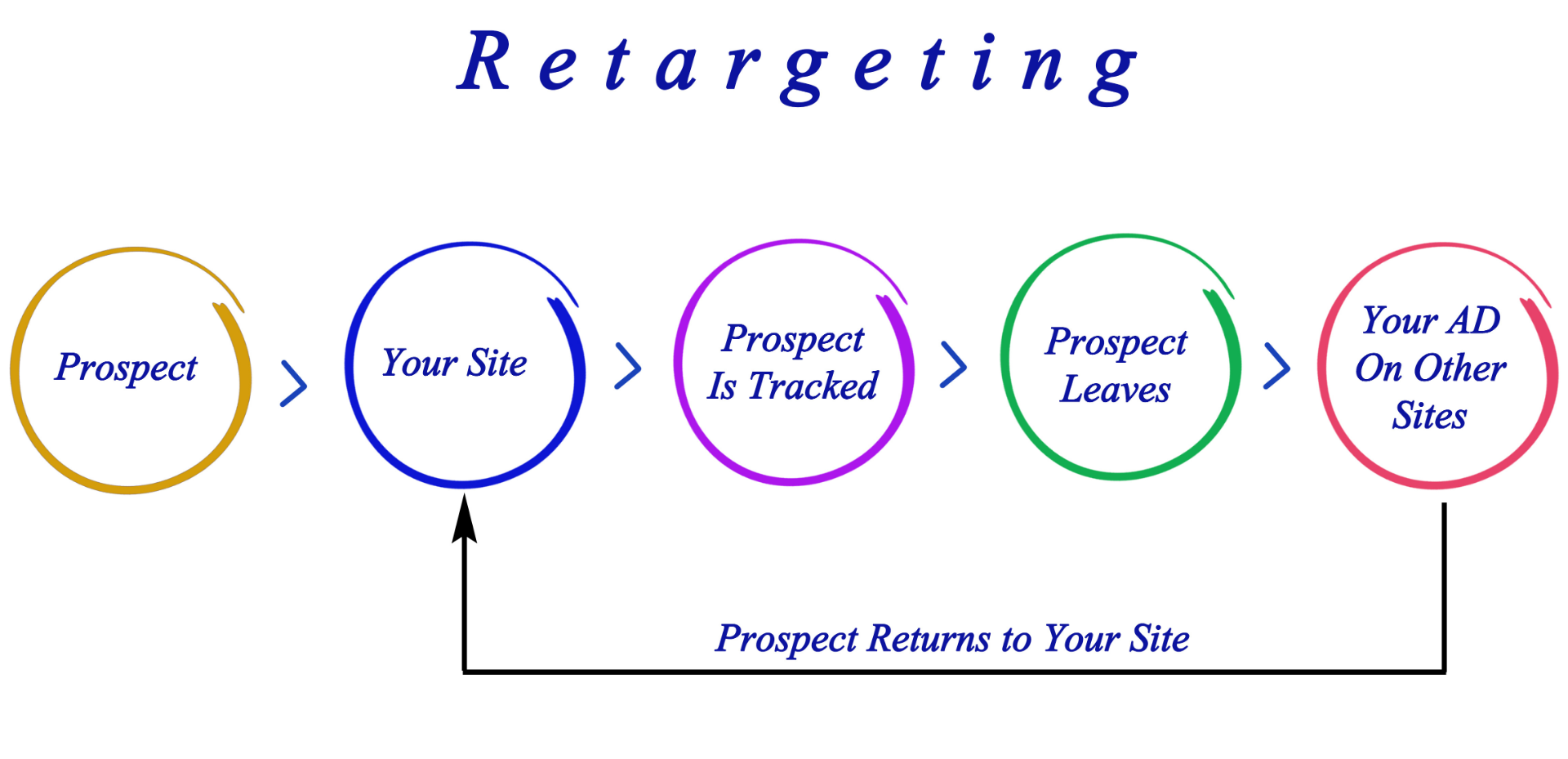Introduction
Retargeting, also known as remarketing, is a powerful online advertising technique that allows you to reach users who have previously interacted with your website or mobile app. By strategically displaying targeted ads across various platforms, you can re-engage potential customers who may have shown initial interest but haven’t yet converted. While retargeting offers immense potential for boosting brand awareness, driving sales, and maximizing marketing ROI, it’s crucial to implement it strategically and ethically to avoid becoming obtrusive and alienating your audience.
This comprehensive guide dives deep into the world of retargeting, exploring effective strategies and best practices to utilize this technique without crossing the line into user annoyance.
Understanding the Power of Retargeting
1. Reconnecting with Interested Users: Retargeting allows you to reconnect with users who have already shown some level of interest in your brand. This could include visiting your website, browsing specific products, adding items to their cart, or downloading a lead magnet. By re-engaging these users with relevant and personalized ads, you can remind them about your brand, nurture their interest, and ultimately guide them towards conversion.
2. Increased Brand Awareness and Visibility: Retargeting campaigns help increase brand awareness and stay top-of-mind for potential customers. By strategically displaying your ads across various platforms, you can amplify your brand messaging and increase the chances of users recognizing your brand when they encounter it elsewhere online.
3. Improved Targeting and Relevance: Unlike traditional advertising with broader reach, retargeting allows for precise targeting based on user behavior and interests. This enables you to deliver highly relevant ads that resonate with each individual user, increasing the likelihood of engagement and conversion.
4. Enhanced ROI and Marketing Efficiency: Retargeting campaigns are generally considered more cost-effective than traditional advertising methods. By focusing on users who have already shown interest, you can optimize your ad spend and maximize the return on your marketing investment.
Striking the Balance: Avoiding Retargeting Pitfalls
While retargeting offers undeniable benefits, it’s crucial to implement it in a way that respects user privacy and avoids becoming intrusive. Here are some key considerations to ensure your retargeting campaigns remain effective and user-friendly:
1. Frequency Capping: Set a reasonable frequency cap to limit the number of times a user sees your ad within a specific timeframe. Excessive ad exposure can quickly become annoying and counterproductive, potentially pushing users away from your brand.
2. Relevancy is Key: Ensure your retargeting ads are highly relevant to the user’s previous interactions. This could involve showcasing products they viewed, offering related items, or providing additional information about products they added to their cart but didn’t purchase.
3. Respect User Privacy: Be transparent about your data collection and retargeting practices. Clearly outline your privacy policy and provide users with options to opt out of receiving retargeting ads if they wish.
4. Timing Matters: Consider the timing of your retargeting ads. Flooding users with ads immediately after they leave your website can feel intrusive. Implement a strategic delay based on user activity and consider the user journey to ensure your ads are delivered at an appropriate time.
5. Utilize Different Ad Formats: Experiment with different ad formats beyond simple display ads. Consider incorporating video ads, carousel ads, or interactive elements to capture user attention and deliver your message in a more engaging way.
6. Integrate Personalization: Personalization is a powerful tool that can enhance the user experience and make your retargeting efforts more effective. Consider incorporating user data like name, location, or past purchases to personalize your ad copy and product recommendations.
7. A/B Testing and Optimization: Continuously test and optimize your retargeting campaigns to ensure they are performing optimally. A/B test different ad creatives, targeting options, and landing pages to identify what resonates best with your audience and drives the most conversions.
Implementing Effective Retargeting Strategies
Here are some specific strategies you can implement to ensure your retargeting efforts are effective and user-friendly:
1. Retargeting Based on User Behavior: Tailor your retargeting campaigns to specific user actions and interests. For example, you could retarget users who: * Abandoned their cart: Offer them a discount code or remind them about the benefits of the product they were considering. * Viewed specific product pages: Recommend similar or complementary products. * Downloaded a lead magnet: Provide them with additional content related to their downloaded resource.
2. Utilize Retargeting Lists for Search Ads (RLSA): RLSA campaigns allow you to target users who have previously interacted with your website with text ads on search engine results pages (SERPs). This is particularly effective for reminding users about your brand when they are actively searching for products or services related to your offerings.
3. Leverage Customer Relationship Management (CRM) Systems: Utilize your CRM system to segment your audience based on various factors like purchase history, interests, and demographics. This allows for highly targeted retargeting campaigns with personalized messaging that resonates with different segments of your audience.
4. Offer Value Through Remarketing Ads: Don’t solely focus on selling in your retargeting ads. Use them to provide valuable content, such as educational blog posts, informative videos, or case studies. This establishes your brand as an authority and thought leader, fostering trust and brand loyalty, ultimately leading to higher conversions in the long run.
5. Remarketing Across Multiple Platforms: Don’t limit your retargeting efforts to a single platform. Utilize a multi-channel approach that reaches users across various platforms they frequent, such as search engines, social media platforms, and email marketing. However, ensure consistent messaging and maintain a cohesive brand experience across all channels to avoid overwhelming users.
Conclusion: Striking the Right Balance
Retargeting, when implemented strategically and ethically, can be a powerful tool for boosting brand awareness, re-engaging potential customers, and driving conversions. By prioritizing user experience, respecting privacy, and delivering relevant and valuable content, you can utilize retargeting effectively without becoming intrusive. Remember, striking the right balance between achieving marketing goals and maintaining user trust is crucial for long-term success in the ever-evolving digital landscape. By following the strategies and best practices outlined here, you can leverage the power of retargeting to achieve your marketing objectives while building positive relationships with your audience.






